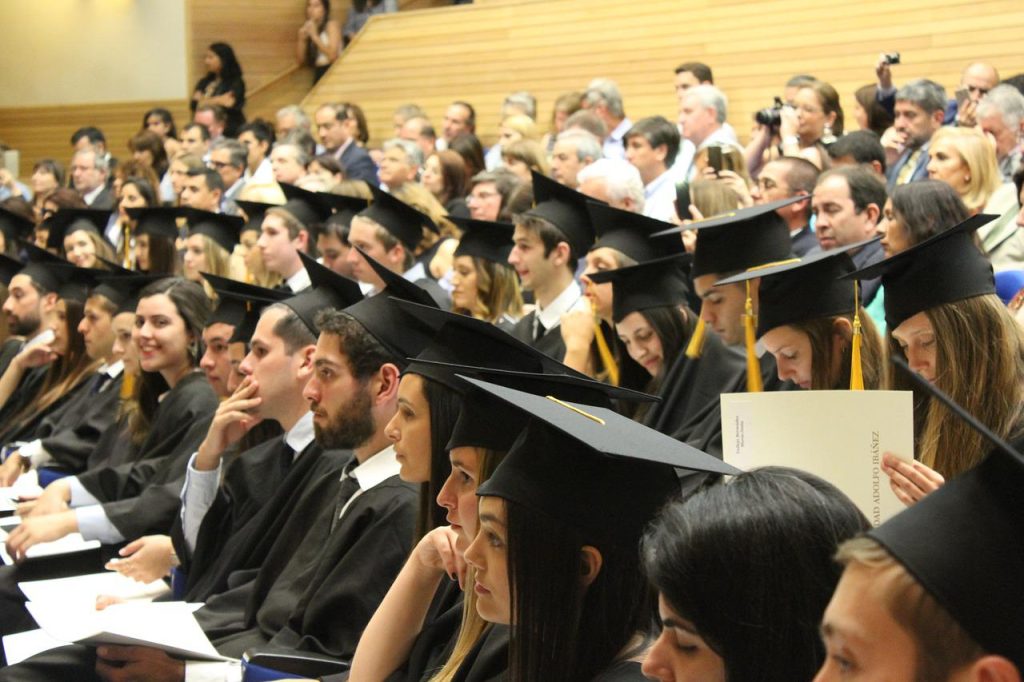Ge4 Network
History and Transition
In the early 1990’s Dr. Gertrud Humily, then in charge of international education at some French Grandes Ecoles, was frustrated at how hard it was to enable engineering students to study abroad.
Henri Conze, then second State Secretary of Defense in Paris, offered her in 1996 to create an Association, the GE4 (Global Education for European Engineers and Entrepreneurs). The goal at the time was to get around what appeared to be the impossibility for French (and other European) engineering students to study abroad tuition-free and have those one or two substitution semesters fully accepted by the home university.
Initially Gertrud Humily built one of the first ERASMUS programs where she gathered 26 European universities and administered the program based on a French Grande Ecole model. The program was so successful that she could soon open up the program and rapidly expand it to about 40 other European universities.

Beginning with AE3
After many missions, hard work, and the support of a handful of open-minded academic leaders, about 40 North American university partners were assembled. Building upon this group was started the most important of the GE4 programs, the AE3 (American European Exchange in Engineering) program, created in 1997 in Paris, France.
This model was used to later build the LAE3, ASE3, RE3 and JE3 programs, standing for “Latin American European Exchange in Engineering”, “Asean European…”, “Russian European…..” Program.
During the ‘hey-days’ of the AE3 program was hosted an annual conference in Europe in the even years and the US in the odd years. To facilitate some of the logistics GE4 teamed up with IIE (the International Institute of Education). IIE is a big organization based in NYC and Washington DC with hundreds of different educational programs.
Expansion and Challenges
It wasn’t long before we identified the core problem. We had many students in Europe interested in participating in the program, while only a few American engineering students wanted to study in Europe. After exchanging about 4000 students, the imbalance became too large to continue with the AE3 program. With all of its resources, even IIE was unable to motivate the North American universities and the engineering students to send greater numbers abroad. Unfortunately, there was no balanced reciprocity and we continued to struggle.
Our experience with Latin America was certainly a bit better — the universities were all very interested and open minded to exchanges. The main problem has only been, and will unfortunately continue to be, the lack of financial means for studies abroad. The educational reimbursement models are different and without academic or industrial grants for students to help with living in the host country, the opportunities cannot reach their full potential.
A completely different situation appeared in Asia, where the students were and are more and more keen to study abroad, learn different languages and after their studies abroad become top engineers and entrepreneurs for their countries.
The challenges were unique once again as we started working with Russia, but we are hopeful to include their thoughts as we continue to evolve our organization.

Impact on Students
After 20 years of educational program development and execution, one can say that all of the hard work was worth it.
In Europe, the universities, governments and European Union in Brussels all supported and encouraged exchange programs for engineers.
However, the most important accomplishment was the impact on the students, as for many, it was the first time away from home and out of their comfort zones. For all of them it was the first time to learn about new cultures and see different ways of solving problems.
GE4 tried to treat each and every student as an individual and we worked hard to help them achieve their highest potential whether it was solving back-office programs, counseling the students themselves, or even intervening with their faculty. GE4 now grows in new directions without neglecting this fundamental premise of our organizational culture.
Very often students told us – and many of them were Americans… that their exchange program changed their lives both professionally and personally.
When we split from IEE in 2012, we were thinking that GE4 would need a total restructuring and a new leader. We have found that leader in Mitar Pitzek. Our next challenge was to recruit a person capable to take over the LAE3 and we have also found this person with Isabella Dufour, who represented for years and is still representing the University Mines Albi, France, inside GE4, and has always been extremely efficient in the group. We believe they will be the right persons to build upon our old good formulae and apply energy and new ideas to increase the quantity and quality of our exchanges and to have an even greater impact in our students’ lives.
We have decided to create an International Advisory Board including representatives from France, Germany, Austria, the Americas and Asia. GE4 President Conze and Dr. Humily are stepping down as part of this “changing of the guard,” but are available in a sort of “emeritus” status and help the GE4 organization in any way they can.
Dr. Gertrud Humily
Vienna, February 2016

